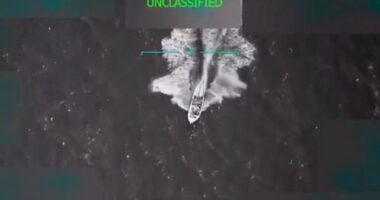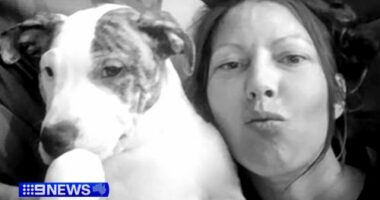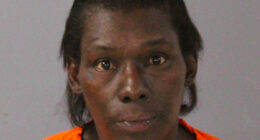Share this @internewscast.com
It’s just one approach to education that sets the East Kimberley apart.
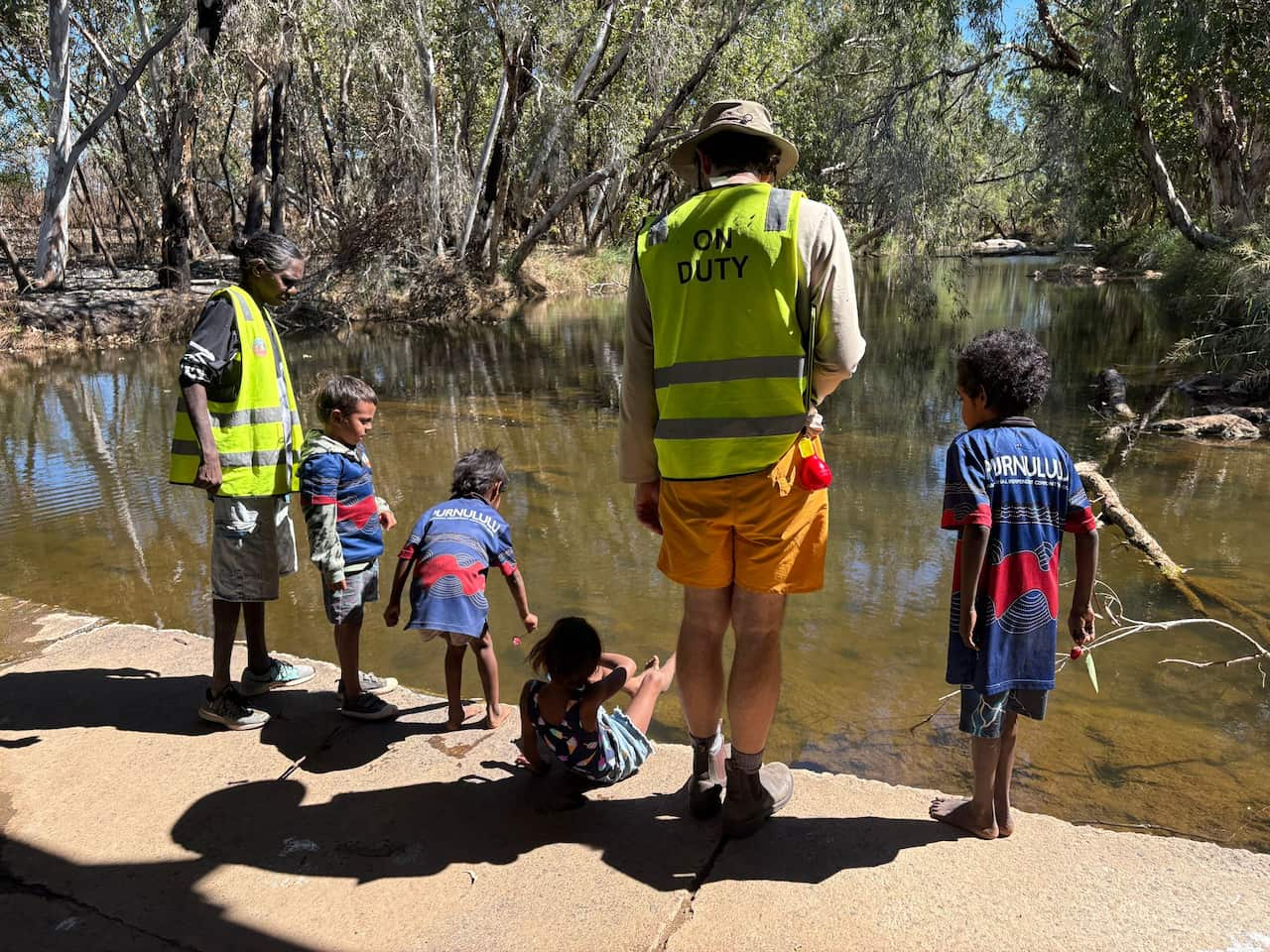
A fundamental part of the Gija curriculum is On Country learning, where students participate in immersive, culturally responsive lessons on Aboriginal land. Source: Supplied
Aboriginal education that’s the ‘first of its kind’
While some may perceive them as similar to English, Kriol is recognised as a legitimate language with its own grammatical system.
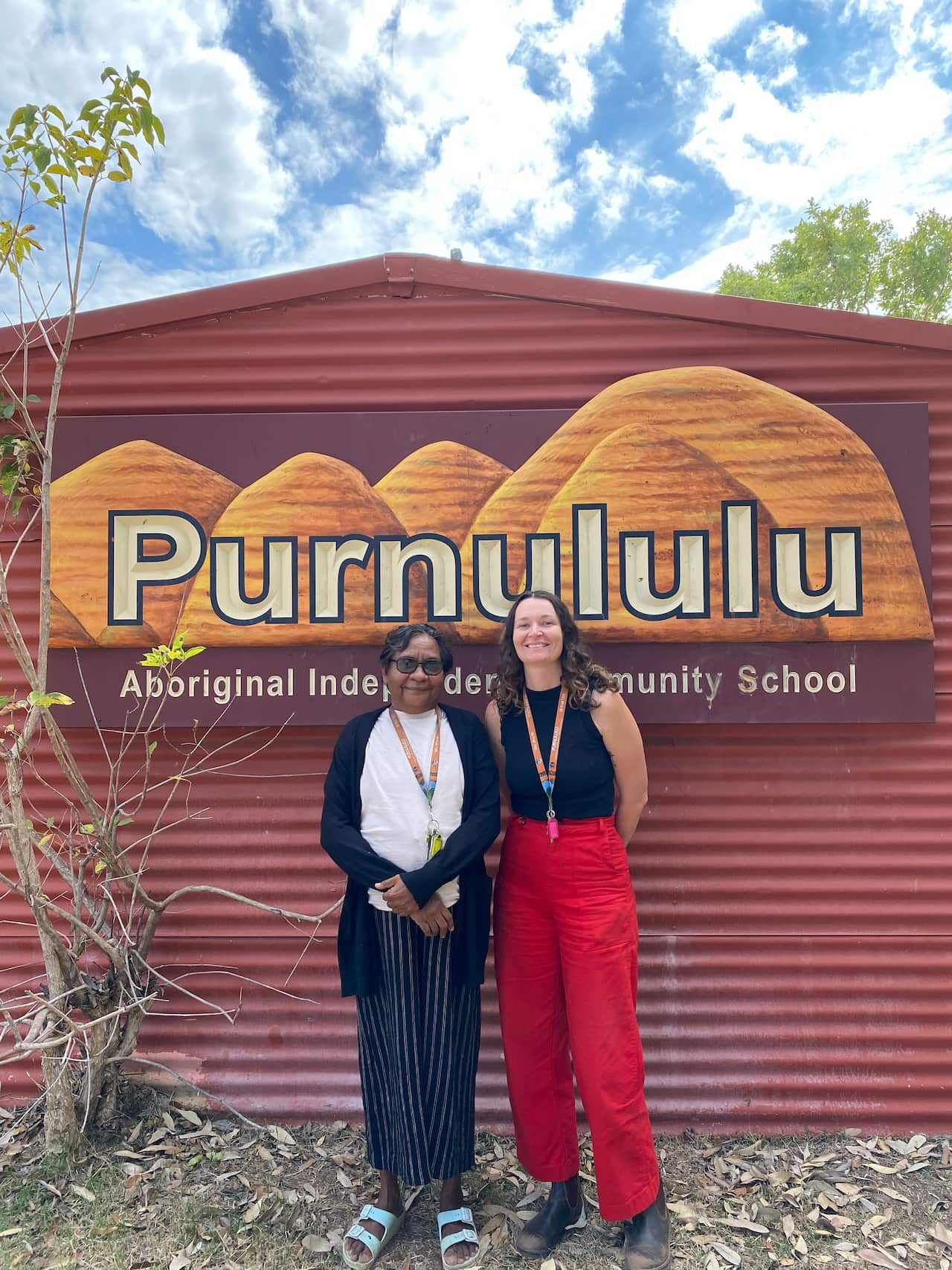
Gija woman Sophia Mung (left) is among the last fluent speakers of Gija and has co-developed the Gija curriculum for years. She’s collaborating with school principal Mairead Scanlon (right) to transform education at PAICS. Source: Supplied
The school is working with a language consultant to develop the orthography — a system of writing rules — for Gija Kriol, and is hoping to create a structured phonics and literacy program for the language to be taught in the school.
Mung mentions that the school’s emphasis on incorporating the Gija curriculum into all lessons, rather than offering separate courses on Aboriginal language or culture, has attracted students from neighboring towns who travel long distances to attend the school.
Some of the kids come from 35 kilometres down the road in Warmun … they hear that we are teaching our traditional language here.
Sophia Mung, Maja Gijam Boorroo (Boss for Gija Language and Culture) at Purnululu Aboriginal Independent Community School
The school also collaborates with linguists and Kriol language consultants to translate traditional books into Gija Kriol and to create specific phonics resources. The children first learn to read and write in Gija Kriol before transitioning to standard Australian English.

Purnululu Aboriginal Independent Community School is partnering with a language consultant to create an orthography for Gija Kriol, which includes translating texts and establishing a comprehensive phonics and literacy curriculum. Source: Supplied
Scanlon says the approach results in strong attendance and engagement because the kids feel “at home”.
“You might get a lot of First Nations kids excelling at school.”
First Nations education gap widens
There was also a regional divide, with just one in five students in very remote areas considered strong or exceeding expectations, far below 70 per cent of students in major cities.
“This persistence points to systemic issues in how resources are allocated and how culturally and contextually appropriate support needs to be delivered to the communities most in need,” she told SBS News.
He said the government had committed to the biggest investment in public schools by an Australian government — $16 billion over the next 10 years.
‘Traditional methods aren’t meeting the needs of kids’
“If there was a story about going down to the river to catch some fish, the kids would be able to comprehend every part of that story,” Scanlon explained.
These standardised tests are penalising knowledge that isn’t [seen] as relevant. They’re not giving kids the chance to demonstrate the knowledge that they do have or the skills they are developing.
Mairead Scanlon, principal of Purnululu Aboriginal Independent Community School
“There’s not this recognition that kids are coming in already fully comprehending their first language, and then transitioning into another language and being assessed on it,” the principal said.
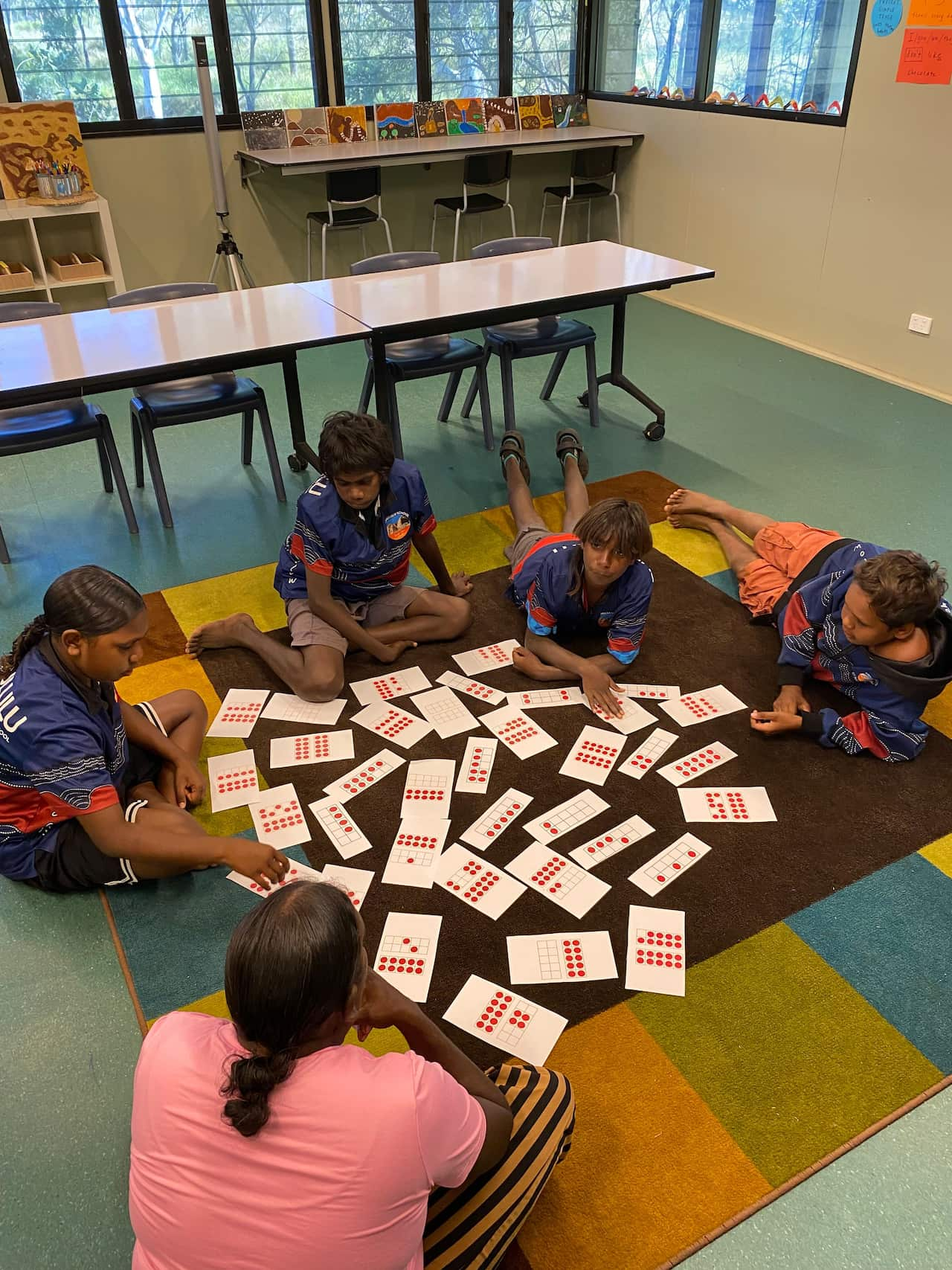
Principal Mairead Scanlon says there is evidence that First Nations students are very competent at hands-on, visual learning — something not captured in an exam like NAPLAN. Source: Supplied
Parents can elect for their children to opt out of the NAPLAN test if they wish, something all parents at PAICS have done, as they don’t see it as meaningfully contributing to their understanding of their child’s development.
“This is happening across the whole education system. People are realising that the very traditional methods of teaching and learning aren’t meeting the needs of a lot of kids.”
‘So much work to be done’
“[NAPLAN] doesn’t capture essential aspects of education like creativity, cultural knowledge, social-emotional learning, teamwork, or artistic expression. These are core parts of a holistic education and deserve more emphasis.”
He acknowledges the need to develop appropriate curricula for First Nations groups, something that he isn’t seeing broadly in Queensland.
There are so many rights that are tied up in the education system, including cultural rights and the right to be taught your own language.
Scott McDougall, Queensland’s Human Rights Commissioner


